Dry, flaky skin can result from various factors, including genetics and aging, which naturally predispose some individuals to this condition. If left untreated, dry skin can crack, increasing the risk of infections. Fortunately, there are many remedies and lifestyle adjustments to help restore and maintain hydrated, healthy skin.
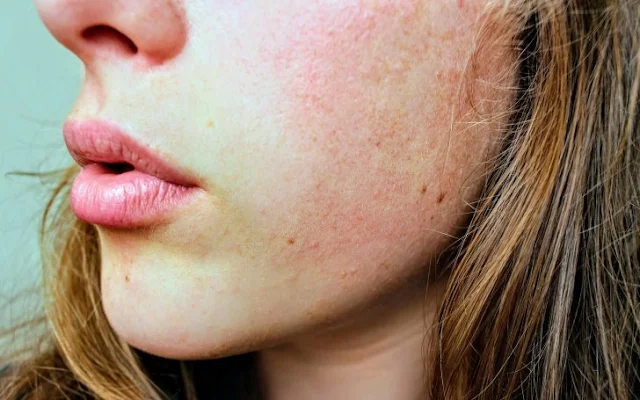
Shower Smarter
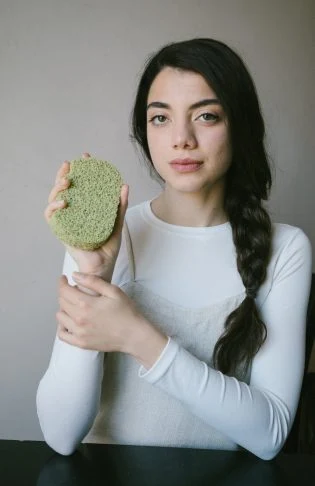
Frequent washing can strip the skin of its natural oils, making it more prone to dryness. To lock in moisture and protect your skin:
- Use lukewarm water: Avoid hot water, which can exacerbate dryness.
- Pat dry gently: Use a towel to pat your skin dry instead of rubbing.
- Moisturize immediately: Apply moisturizer while your skin is still damp to seal in hydration.
- Shave wisely: Always use shaving gel and a sharp razor to reduce irritation.
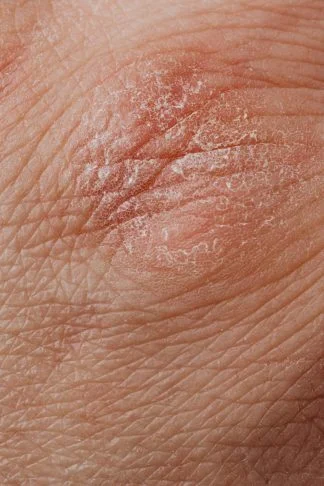
Combat Winter Dryness
Winter weather is particularly harsh on the skin due to cold air and frequent handwashing. To minimize its effects:
- Wear gloves: Protect your hands outdoors and while performing tasks like dishwashing.
- Use a humidifier: Adding moisture to indoor air can prevent dryness, as recommended by dermatologists.
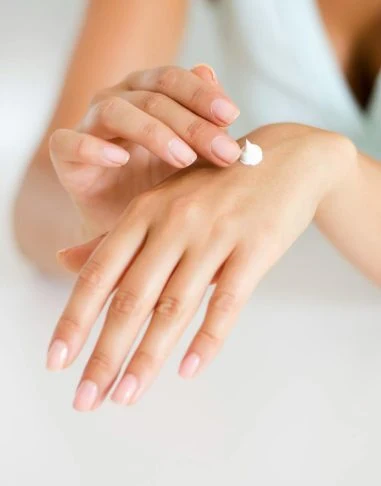
Natural Remedies for Dry Skin
1. Olive Oil
Extra-virgin olive oil is rich in vitamin E and antioxidants, making it effective for repairing dry skin. Apply sparingly to dry areas such as elbows or mix it with a face mask for added hydration. Avoid overuse, as it may weaken the skin barrier.
2. Oatmeal Baths
Adding a cup of oatmeal to warm bathwater can hydrate and soothe irritated skin. This remedy also alleviates itchiness and discomfort caused by dryness.
3. Coconut Oil
Coconut oil works as a natural moisturizing cream. Apply it to chapped hands, feet, or heels before bed for intense hydration. For better results, wear gloves or socks after application.
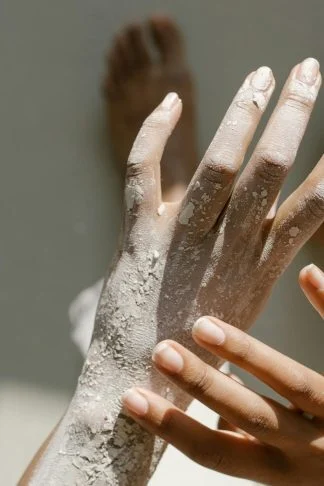
4. Milk Compress
Milk contains lactic acid and anti-inflammatory properties that can soothe and gently exfoliate dry skin. Soak a clean washcloth in cool milk and apply it to affected areas for 5–10 minutes. Avoid this method on cracked skin.
5. Aloe Vera
Aloe vera is known for reducing redness, irritation, and dryness. Its mucopolysaccharides, similar to hyaluronic acid, help retain moisture. Perform a patch test before applying it to larger areas of skin.
6. Honey
Honey is a natural humectant with healing and anti-inflammatory properties. Use it as a spot treatment for rough patches or include it in homemade face masks. Consult a dermatologist before using honey to treat specific skin conditions.
7. Petroleum Jelly
Products like Vaseline or Aquaphor create a protective barrier to lock in moisture and prevent chafing. Petroleum jelly is suitable for sensitive areas like eyelids and lips but should be avoided on acne-prone areas.
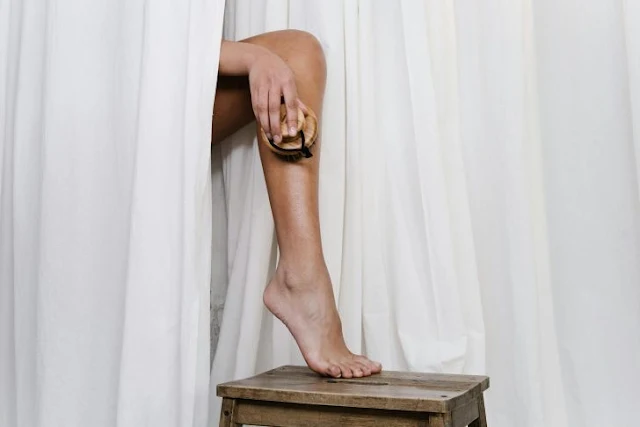
Choosing the Right Products
When selecting skincare products, opt for ointments or creams instead of lotions for better hydration. Look for these key features:
- Fragrance-Free: Choose products labeled as “fragrance-free” rather than “unscented,” which may still contain irritants.
- Hydrating Ingredients: Seek out components like ceramides, glycerin, and hyaluronic acid for effective moisture retention.
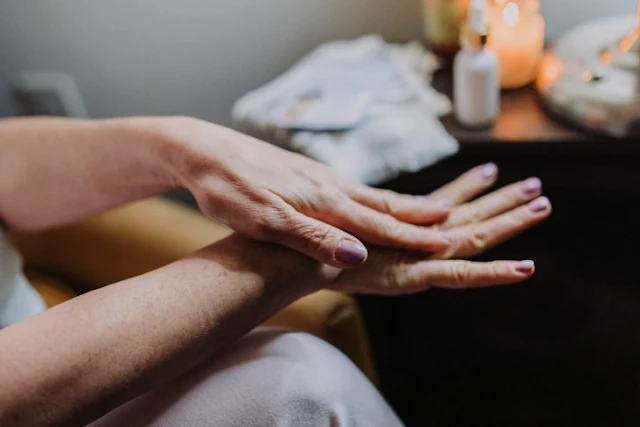
When to Consult a Doctor
If dryness persists despite home remedies, it may signal an underlying skin condition. Consult a dermatologist for professional care or prescription treatments tailored to your needs.
By following these tips and incorporating natural remedies, you can effectively manage dry, flaky skin and maintain a healthy, glowing complexion.
Can You Guess What These Old-Timey Objects Were Used For?
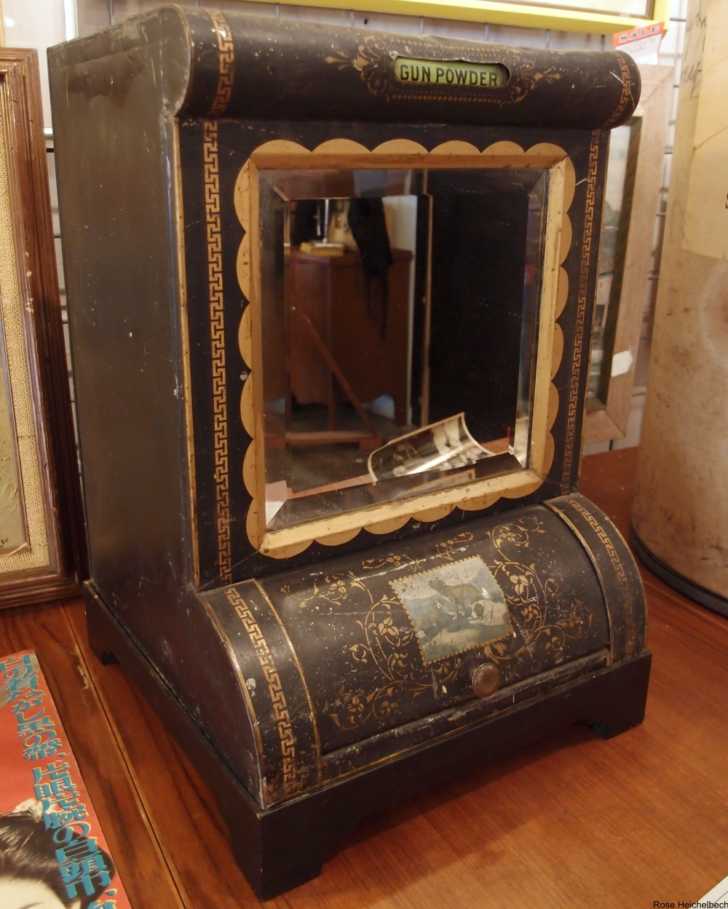
Today, let’s have a little game! What purpose did these vintage items serve, do you know? These enigmatic things, which range from strange equipment to unusual decorative pieces, may leave you perplexed. Don’t worry, though; try it and see if you can envision what people in earlier eras did with these fascinating objects.
Guessing Game: Are You Able to Recognize These Strange Items?
First Item: The Coin Gatherer

First up, we have a mixed-metal object with connectors on the sides and slots on top. Do you know what it was used for in the past?
You’re 100% correct if you assumed it was a coin collector! Conductors of trains and buses would deposit the fares into the slots and then pick up the neatly arranged coins from the bottom. They could fasten it to their belts using the hooks on the sides. Remarkably, a contemporary rendition of this is still in use at a few locations where admission is free of charge. Pretty smart, huh?
The Sand-Filled Swim Cap is item #2.

This is an intriguing cap with chin straps, a blue interior, and a feminine printed pattern. Would you want to guess? Here’s a hint: it has sand inside of it!
Actually, this peculiar headgear is an antique handmade swim cap. People used to love modeling swim caps after the aviatrix fashion trend back in the 1920s. However, home sewers had trouble finding rubber ingredients. They then devised a clever fix: the cap was filled with sand, and the channels and stitches were machine-sewn. Why the sand? As a water blocker, it lets swimmers select their own fabric pattern rather than being restricted to yellow or black rubber. Undoubtedly a novel strategy!
The Iron Flue Damper is item #3.

Now look at this iron object that has two stamps on it. Along an iron post with a spiraling end, the iron plate swivels. Any suggestions?
You’re exactly right if you assumed it to be an iron flue damper! Even though they are rarely seen, these iron flue dampers are still in use today. We enjoy finding unique artifacts that are a part of our past when we go antique shopping. It resembles going back in time!
The Victorian Shop Dispenser (Item #4)

Admire this metal box with a beveled glass front and elaborate gold stenciling. It even features a tiny sliding door with a dog picture on it. How do you suppose it was put to use?
Actually, this graceful box is a Victorian-style shop dispenser. It came in several sizes and was intended for bulk sales. This one had a label insert for gunpowder, but it may have also been used for bulk commodities like sugar or confectionery. Customers could see the quality of the products they were buying because to the glass front. Why was there a picture of dogs hunting? Well, since the purpose was to hold gunpowder exclusively, it’s merely an ornamental touch. This is a very fascinating essay, isn’t it?
The Cedar Butter Churn is item #5.

Take a look at this big wooden drum with a handle, a footed base, and a lid. There’s a crank on the side of it also. Any ideas about what it’s meant to accomplish?
This wooden drum is a butter churn made of cedar. To produce more butter, it was utilized. It says “Farm Master Dairy Supplies” on the other side. However, we didn’t want to reveal anything too quickly! Knowing about these antiquated gadgets truly transports us to a bygone era of ease.
The Soda Bottle Stand is item #6.

Look at this three-tiered metal stand for a moment. Each tier has a notch carved out of it. It is nearly four feet tall and supports itself on three legs. What was the purpose of it, do you suppose?
The purpose of this booth was to showcase Coke bottles—but not just any soda. Nehi purposely made it as part of their marketing strategy for their soda bottles. With their handy necks, the bottles fit well in the triangle shape with the notches. These stands used to be found in grocery stores and local stores during the Great Depression. They were really impressive!
There you have it, then! These enigmatic objects transport us through time and serve as a reminder of the inventiveness and resourcefulness of earlier generations. How many of those were accurate guesses, then?

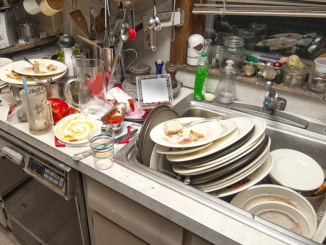

Leave a Reply